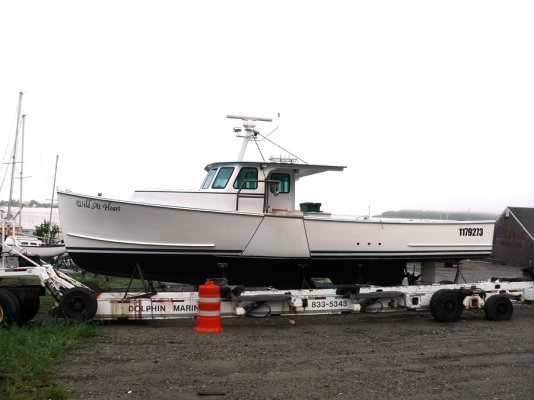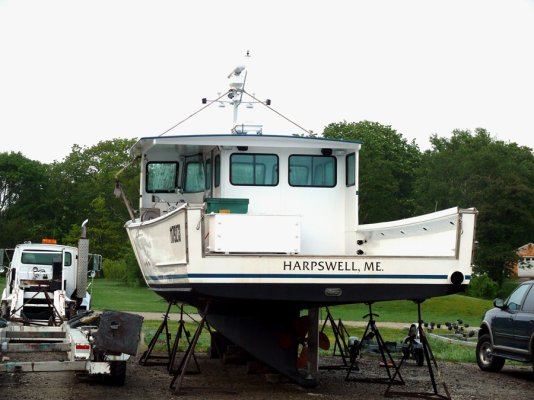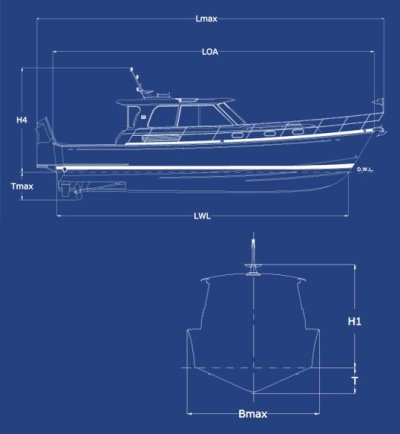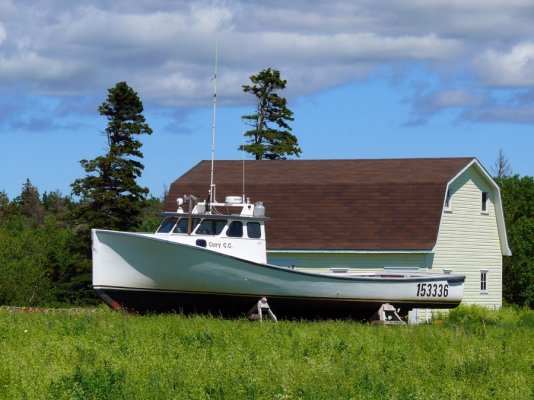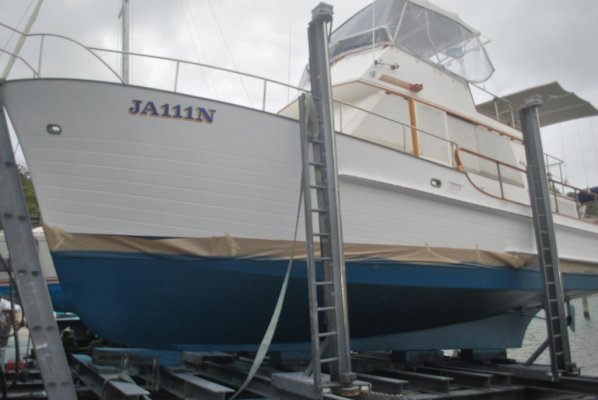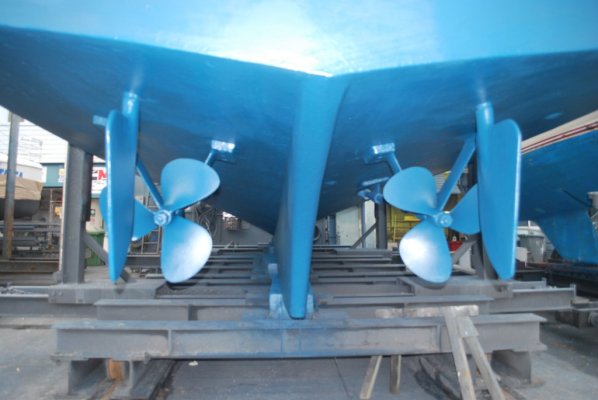Baker wrote:Semi planing to me(ignorant) is a hull that does not produce lift over ALL of its area(hence the term).
Your definition is not the one I've read in articles by marine architects like Tom Fexas.* They use the term semi-planing to refer to a boat that is incapable of achieving a full plane unless almost unachievable amounts of power are available.
I've never seen these guys refer to a planing hull as being one that can develop lift, or significant lift, over the entire wetted surface.* In fact I've never seen any of the terms--- planing, semi-planing, semi-displacement, or displacement--- related to how much of the hull area produced lift (or didn't produce lift in the case of the displacement boat).**They are related to how much lift is generated, but not how much of the hull's area is generating that lift.* At least not the way I've seen it written about.
A semi-planing hull, by guys like Fexas' definition, is one that uses speed and hull shape to achieve a degree of hydrodynamic lift that will at least begin to lift the hull and reduce drag.
Fexas has designed some fully-planing hulls that, other than a much more raked-back stem, have bottom configurations exactly like commercial lobsterboats--- Vee in the front, flat in the back.* He's also designed fully-planing hulls that are deep-V in shape all the way back*(and have massive powerplants).
If you take the keel off a Grand Banks*hull you'll have*a halfway decent planing*hull if you put sufficient power in it.* I say halfway decent because even without the keel, it's not an efficient design for a fully-planing*hull.* But the keel and the*fairing into it*adds a massive amount of*drag, thus rendering* the hull*"semi-planing" because there's no way you'll get it*onto a full plane with the kind of power typically used in recreational boats.

